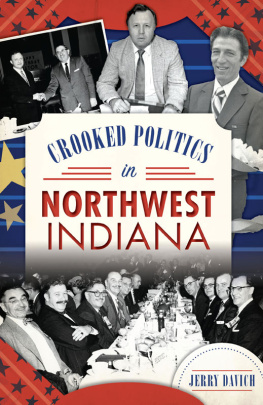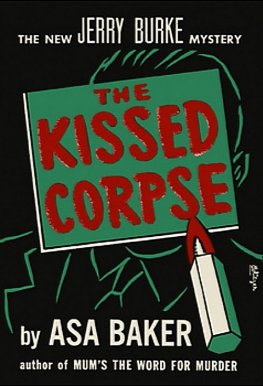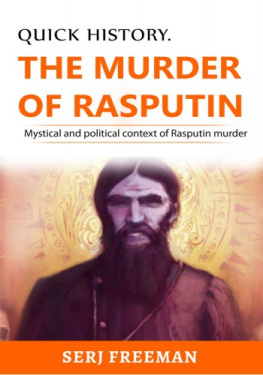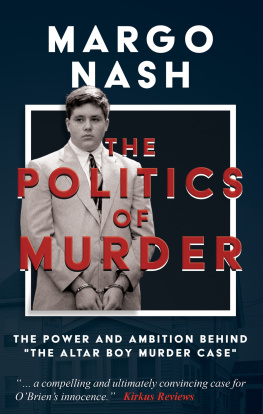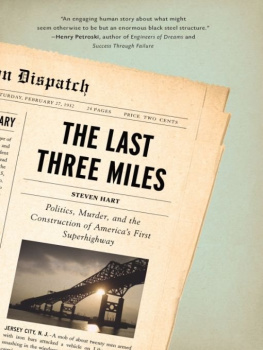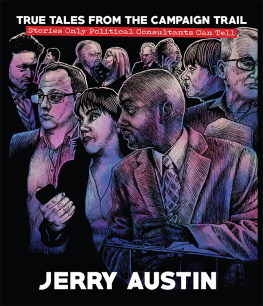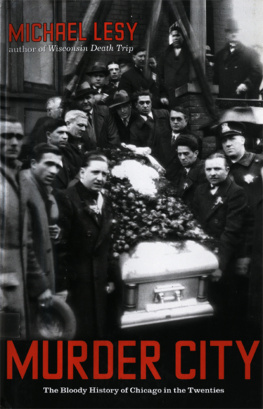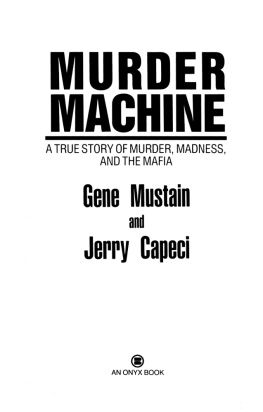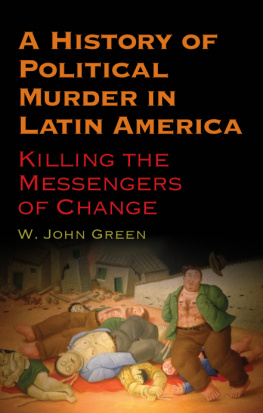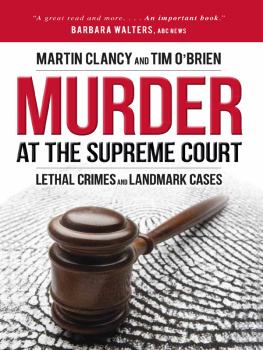

Published by The History Press
Charleston, SC
www.historypress.net
Copyright 2017 by Jerald Davich
All rights reserved
First published 2017
e-book edition 2017
ISBN 978.1.43966.009.6
Library of Congress Control Number: 2016956921
print edition ISBN 978.1.46713.642.6
Notice: The information in this book is true and complete to the best of our knowledge. It is offered without guarantee on the part of the author or The History Press. The author and The History Press disclaim all liability in connection with the use of this book.
All rights reserved. No part of this book may be reproduced or transmitted in any form whatsoever without prior written permission from the publisher except in the case of brief quotations embodied in critical articles and reviews.

Karen Walker Davich. Courtesy of Joey Lax-Salinas.
To Karen, who not only helped research the findings and key passages within these pages but who also gave birth to the notion of writing it in the first place. This book would not have seen the light of day if not for her labor, passion and perseverance. Together, we view this book as our second child, following the 2015 birth of Lost Gary, Indiana, our first published offspring.
Contents
Foreword
Prior to my appointment to the police department, I was probably among the most politically nave people in East Chicago.
I initially started asking questions about the qualifications and procedures for applying but could not get a straight answer from anyone. It seemed to be one of the biggest mysteries of the city. After about three years of being run from one political organization or another, I learned that it was going to cost me about one thousand dollars.
I made the connection with a former city councilman who told me the truth: I was to meet with and deliver the money (cash only) to an East Chicago police detective at his house while he was on duty. I did, and in less than a month, on my twenty-fourth birthday, August 1, 1968, I reported to the police station to be sworn in to the department.
I spent the majority of my time on the police department in the Criminal Investigation Division as a homicide investigator. Two homicide cases mentioned in this book were murders that I was very familiar with. The Henry Babe Lopez case was actually a Hammond Police Department case because his body was found in his East Chicago city-owned car but submerged on the Hammond side of the Grand Calumet River, near the Kennedy Avenue bridge. The other case, involving Jay Given, was an East Chicago homicide, and I was the lead investigator. (There is more on my role in this case later in the book.)
I grew up in East Chicago from the tender age of six after my family arrived in 1950 from our hometown, Cayey, Puerto Rico. We came to live in one of the most notorious neighborhoods in the city and witnessed many disturbances in front of the tavern next door to our building. After watching East Chicago police officers in action, restoring peace in the neighborhood, I made up my mind that one day I would be a peacemaker.
Sixteen and a half years after becoming an officer, I was appointed chief of police. It was a total shock to me and almost everyone else in the department because I considered myself one of the least political members. After all those years on the police department, I thought I had learned a lot about East Chicago politics, but after just a few weeks as chief, I found I hadnt even scratched the surface.
It didnt take very long after my appointment before I started receiving calls from politicians asking for special favors or consideration of special treatment for connected people involved in a variety of illegal practices. One call in particular came after our department, along with the Indiana State Police, raided a huge gaming operation, closed several illegal afterhour bars and rounded up about one dozen prostitutes working the bars on Michigan Avenue. It should be noted that one of those prostitutes had solicited the mayor in broad daylight at that site when the mayor was giving a potential business investor a tour of our city. Needless to say, the mayor was not too pleased with the situation.
I served in the capacity of chief of police for five years. Several incidents that took place in that five-year span took their toll on me, both emotionally and physically, convincing me five years was enough. Let me offer an example.
In February 1988, several East Chicago police officers, including one of my high school classmates and a fellow member of our high school basketball team, were arrested on drug charges by the Drug Enforcement Administration (DEA), assisted by our internal affairs officers. Later that same year, I underwent open heart surgery. Although I remained on the job for a little over a year after that, I knew it was time to get out. And so I did, in January 1990.
Looking back, I still remain grateful for the many opportunities it afforded me. I owe so much to the mayors, police chiefs and all the honest, hardworking police officers who taught me so much and helped shape my career and my character as a public servant. We, the members of my department, did a lot of great things, and we did them together. For that, I will be forever grateful, in spite of the fact that I endured some hardships and was disappointed that the city that meant so much to me didnt live up to my expectations.
In regard to this books content, the most important characteristic of a storyteller, in my opinion, is the authors credibility. Jerry Davichs account of public corruption in Lake County, Indiana, is believable because he is a man of high morals and character. And I am personally aware of the vast amount of research he has put into this story. The story loses all value if the teller cant be believed.
With that said, I firmly believe that the decline of East Chicagoand much of Lake Countyhas resulted as much due to public corruption as the decline of the steel industry. I believe this to be true based on personal observations and conversations Ive had over the years with East Chicago business owners and potential investors who opted out of East Chicago.
One of the main complaints from business operators is what they termed unwanted, silent partners, referring to city politicians who were hitting them up for high-priced political fundraising tickets or free goods and services. They also complained about regulatory divisions of the city, such as health inspectors, building department inspectors and code enforcement officers, who also had their hands in the business owners pockets.
Potential investors, especially those from other parts of the country who were unfamiliar with the area and researched our history, were scared away by stories of the long line of politicians indicted for public corruption.
Almost a half century after becoming a police officer, I am no longer nave about such practices in East Chicago and Lake County. Both became an upside-down world where wrong was right and right was wrong. If you didnt go along with that mentality, you couldnt be trusted. My wife, my sons and I still pray for our city and political leaders.
Its my hope that this book serves the public by educating, entertaining or enlightening readers who may also be nave or who simply need a somber reminder about political corruption in our regionin the past and in the present.
Next page
